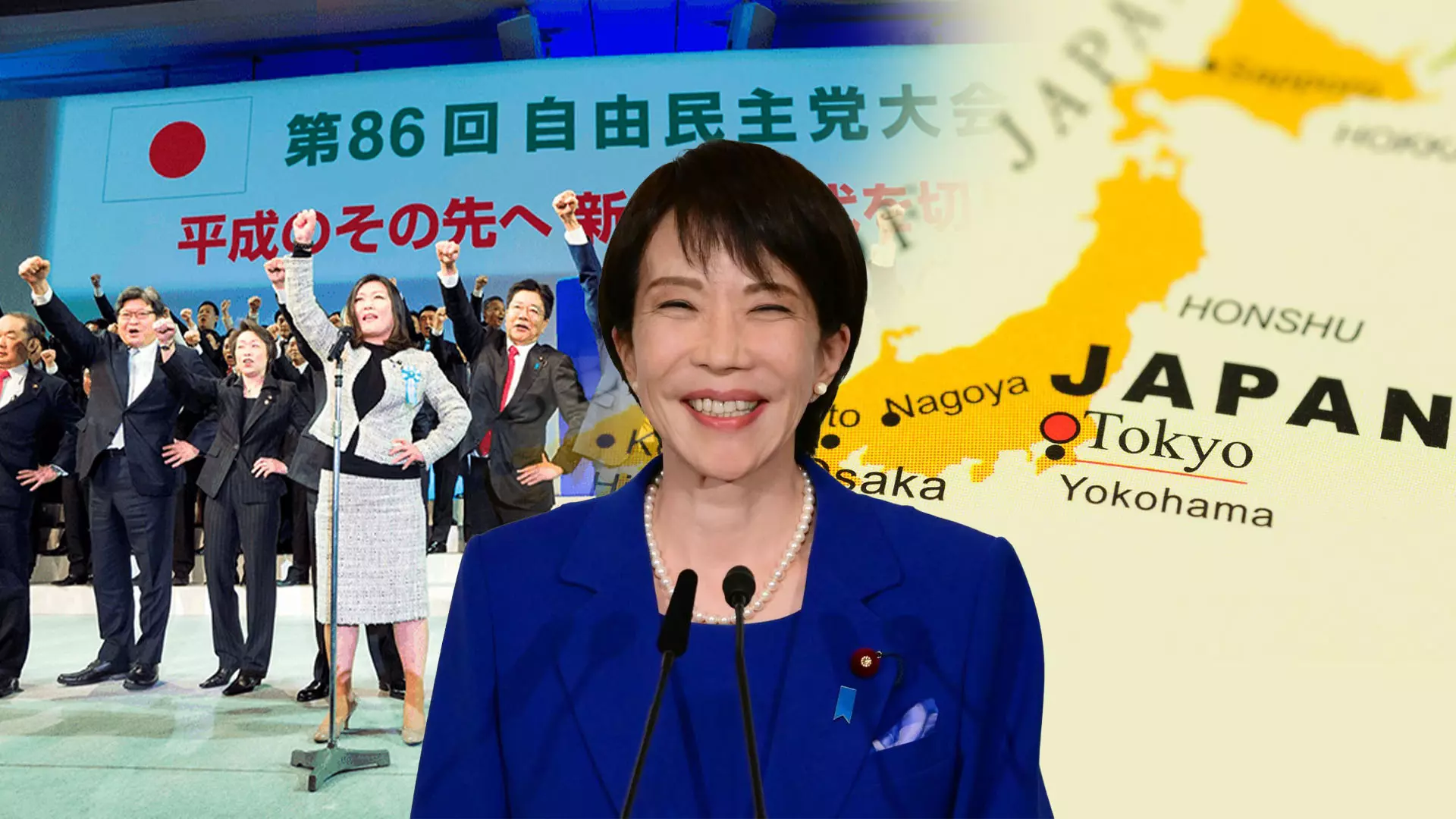
‘Japan’s new PM Sanae Takaichi may usher in Modi-like self-reliance agenda’
The Federal's Consulting Editor KS Dakshina Murthy explains what Sanae Takaichi’s election means for Japan’s politics, gender equality, and foreign policy

Japan has made history with the election of Sanae Takaichi as its first female prime minister. The development marks a major symbolic moment for the country’s politics, long dominated by male leaders. Yet, it also raises questions about how her conservative politics will shape Japan’s future, starting from gender reforms to foreign relations. The Federal’s Consulting Editor KS Dakshina Murthy, who closely follows global affairs, discusses the significance of Takaichi’s rise and what it means for Japan.
Sanae Takaichi is seen as Japan’s “Iron Lady,” drawing comparisons to former UK prime minister Margaret Thatcher. What does her election signify for Japan’s political and social landscape?
Whether Takaichi will eventually turn out to be the 'Iron Lady' of Japan, as she aspires to be, remains to be seen. She has expressed admiration for Margaret Thatcher and appears inspired by her.
That Japan had to wait this long for a female prime minister says a lot about the state of its society. Yet, Takaichi’s election is symbolically important — a significant moment in Japan’s political evolution. However, it doesn’t necessarily indicate a deep social transformation; gender equality issues in Japan are far more entrenched.
There’s also an irony here. Though Takaichi is a woman, her policies aren’t necessarily pro-women. For instance, she opposes allowing women to retain their surnames after marriage — a controversial issue in Japan. Her stance that women should adopt their husbands’ surnames reflects her conservative ideology within the Liberal Democratic Party (LDP).
Also read: Sanae Takaichi becomes Japan's first woman PM; Modi congratulates her
Still, she has promised improvements in women’s healthcare and hospital treatment facilities. It’s a mixed picture — while she is conservative, she’s also aware of the need to address certain gender-related issues. Her Thatcher-inspired conservatism gives us a clue about what kind of leader she intends to be. This is a new experiment for Japan, and her tenure will be watched closely.
The Liberal Democratic Party has dominated Japanese politics for decades, yet the country has seen frequent leadership changes — four prime ministers in five years. Is the LDP losing its hold?
The LDP has ruled Japan for most of the last seven decades. But any long-standing ruling party tends to accumulate anti-incumbency. Over time, mistakes and public resentment build up. That’s what has happened here.
The biggest blow to the LDP came during Japan’s “lost decades” — from the 1980s onwards — when the country’s economy stagnated after once being seen as a challenger to the United States. The party has paid a political price for that long period of decline, as its traditional support base eroded.
Globally, we’re also witnessing a rise in conservative and far-right parties. Japan is no exception. Takaichi herself is a conservative within the LDP, and her party is now in coalition with the right-wing Nippon Ishin no Kai (Japan Innovation Party). This signals a broader rightward shift in Japanese politics.
Also read: Japanese new PM Sanae Takaichi dismisses work-life balance; vows to 'work like a horse'
Japan continues to struggle with deflation and slow economic growth. Takaichi has promised measures like tax cuts and government spending — classic conservative remedies — to stimulate the economy. Her leadership is an attempt by the LDP to reclaim voters who’ve drifted away in recent years.
What should be Takaichi’s policy priorities to revive Japan’s economy and address domestic challenges?
Japan faces several major challenges. Unemployment is rising, and there’s growing unease over immigration. Although migrants make up only about 3 per cent of Japan’s population, their visibility has increased, and that has led to some social unease.
Paradoxically, Japan also has an aging population and one of the world’s lowest birth rates, creating an urgent demand for labour. The country needs migrants, but the public mood is wary of them. Takaichi must balance these contradictions carefully.
She is likely to emphasise a nationalistic, self-reliant agenda — something akin to “Atmanirbhar Bharat” in India. But whether that approach can work is uncertain. Japan’s structural economic problems are decades old. Although its GDP grew by about 1.1 per cent last year, sustaining and accelerating that growth will be one of her toughest challenges.
How will Takaichi’s leadership influence Japan’s foreign policy, especially with countries like the US, China, and India?
Japan is wary of US tariffs, particularly under Donald Trump, which have affected its automobile exports. Takaichi’s upcoming meeting with Trump will be closely watched, as she represents the nationalist wing of Japanese politics.
Also read: Japan’s Prime Minister Shigeru Ishiba resigns after historic election loss
In East Asia, geopolitical tensions are already high. Relations with China could worsen, especially if Takaichi pursues closer ties with Taiwan — a move Beijing will see as provocative.
With India, however, relations are expected to remain stable. Prime Minister Narendra Modi has already congratulated her, and both leaders share a similar emphasis on self-reliance and economic revival. Their governments are aligned in their inward-focused but growth-oriented economic outlooks. I don’t foresee any major disruptions between India and Japan under Takaichi’s leadership.
The content above has been transcribed from video using a fine-tuned AI model. To ensure accuracy, quality, and editorial integrity, we employ a Human-In-The-Loop (HITL) process. While AI assists in creating the initial draft, our experienced editorial team carefully reviews, edits, and refines the content before publication. At The Federal, we combine the efficiency of AI with the expertise of human editors to deliver reliable and insightful journalism.

